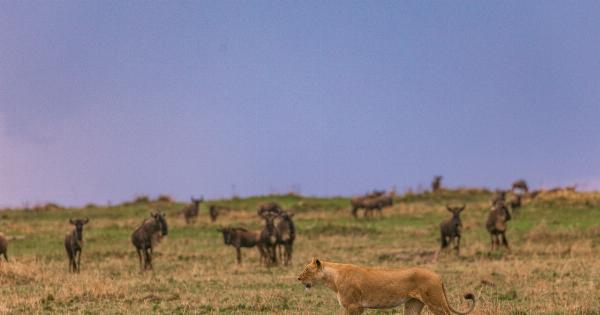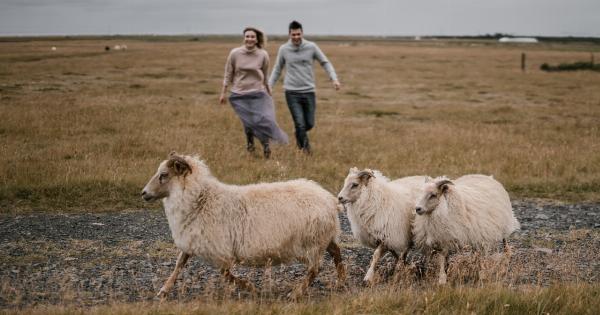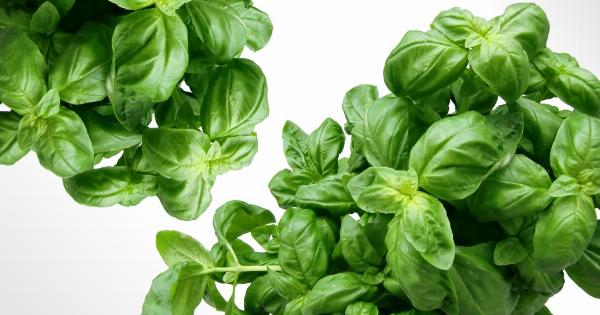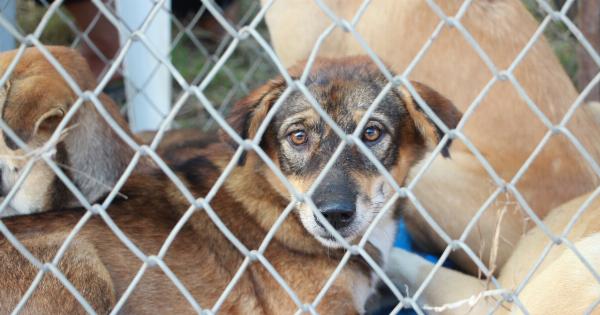Pork is one of the most widely consumed meats in the world. From bacon to ham, from pork chops to sausages, there are countless ways to enjoy this flavorful meat.
However, as the global population continues to grow and the demand for meat rises, so does the impact on our planet. Livestock production, including pork production, is a significant contributor to greenhouse gas emissions, deforestation, water pollution, and other environmental problems. Fortunately, there are ways to enjoy pork without harming the planet.
In this article, we will explore the concept of eco-friendly pork and how it can help us save the planet one bite at a time.
What is Eco-Friendly Pork?
Eco-friendly pork is pork that is produced with minimal harm to the environment.
This means that the pork production system is designed to minimize its impact on natural resources, reduce the use of chemicals and antibiotics, and promote animal welfare and social responsibility. Eco-friendly pork production systems can take many forms, but they all share a common goal of sustainability.
The Benefits of Eco-Friendly Pork
Consuming eco-friendly pork has various benefits that go beyond its delicious taste. Here are some of the advantages:.
Reduced carbon footprint
Eco-friendly pork is produced using practices that have a lower carbon footprint compared to conventional pork production.
This is because eco-friendly pork production systems use fewer chemicals and fertilizers that emit greenhouse gases, and they focus on reducing waste and recycling nutrients. As a result, eco-friendly pork contributes less to climate change.
Protection of natural resources
Eco-friendly pork production systems are designed to preserve natural resources, including water, soil, and biodiversity. For example, eco-friendly pig farms use manure management systems that capture and treat pig waste to prevent water pollution.
Additionally, eco-friendly pork producers use rotational grazing practices that help restore soil fertility and reduce erosion.
Better animal welfare
Eco-friendly pork production systems prioritize animal welfare by providing pigs with a natural and stress-free environment. This means that pigs are raised in open spaces where they can express their natural behaviors, such as rooting and foraging.
Eco-friendly pork producers also avoid using hormones and antibiotics, which can harm animal health and contribute to antibiotic resistance.
Social responsibility
Eco-friendly pork production systems support rural communities by creating jobs, promoting local food systems, and preserving cultural heritage.
By choosing to consume eco-friendly pork, consumers can contribute to sustainable economic development and support farmers who prioritize the health of the environment and their livestock.
Eco-Friendly Pork Production Practices
So, how is eco-friendly pork produced? Here are some of the practices that eco-friendly pork producers employ:.
Rotational Grazing
Rotational grazing is a practice in which pigs are allowed to graze on a variety of pastures and forage crops. This method promotes soil health and prevents overgrazing, which can cause soil erosion and nutrient depletion.
Additionally, rotational grazing allows pigs to eat a diverse diet that includes grasses, legumes, and other plants, which can enhance the flavor of the pork.
Manure Management
Manure management is a crucial aspect of eco-friendly pork production. Instead of disposing of pig manure, eco-friendly pork producers use it as a natural fertilizer for crops.
This helps reduce the need for synthetic fertilizers, which can contaminate waterways and contribute to greenhouse gas emissions. Additionally, some eco-friendly pork producers use manure to create biogas, which can be used as a renewable energy source.
No Antibiotics or Hormones
Eco-friendly pork producers avoid using antibiotics and hormones to promote pig growth and prevent disease. Instead, they prioritize disease prevention through practices such as biosecurity and vaccination.
This helps reduce the risk of antibiotic resistance and ensures that pigs are healthy and free from unnecessary drugs.
Preservation of Natural Areas
Eco-friendly pork producers prioritize the preservation of natural areas by avoiding deforestation and habitat destruction. They use agricultural practices that promote biodiversity and protect wildlife habitats.
Additionally, some eco-friendly pork producers incorporate agroforestry practices, which involve growing trees and other crops together to promote ecological diversity and carbon sequestration.
How to Find Eco-Friendly Pork
If you want to enjoy pork while minimizing your impact on the environment, you can look for eco-friendly pork options in the following ways:.
Buy Local
Buying pork from a local farmer is a great way to support eco-friendly pork production and know exactly where your food comes from.
Local pork is often produced using traditional, sustainable methods, and has a smaller carbon footprint than pork that is transported long distances. Visit your local farmers’ market or check with your local co-op to find eco-friendly pork producers in your area.
Select Certified Products
Various certifications exist that can help consumers identify eco-friendly pork products. For example, the Global Animal Partnership offers a five-step animal welfare rating system that rates the living conditions of pigs and the farming practices used.
Additionally, the Certified Humane label indicates that the pork comes from farms where animals have enough space and access to outdoor areas.
Do Some Research
Doing some research before purchasing pork can help you identify eco-friendly options. Look for information about the farm that produced the pork, such as their farm’s website or social media presence.
Additionally, you can check with organizations such as the Sustainable Agriculture Network to see whether the pork producer follows sustainable practices.
Conclusion
Eco-friendly pork production systems represent a sustainable and responsible approach to pork production. By choosing eco-friendly pork options, consumers can support the environment, animal welfare, and sustainable economic development.
Additionally, consuming eco-friendly pork can help reduce the carbon footprint of meat production and preserve natural resources. Remember to pay attention to labels and do your research to find eco-friendly pork products in your area.






























